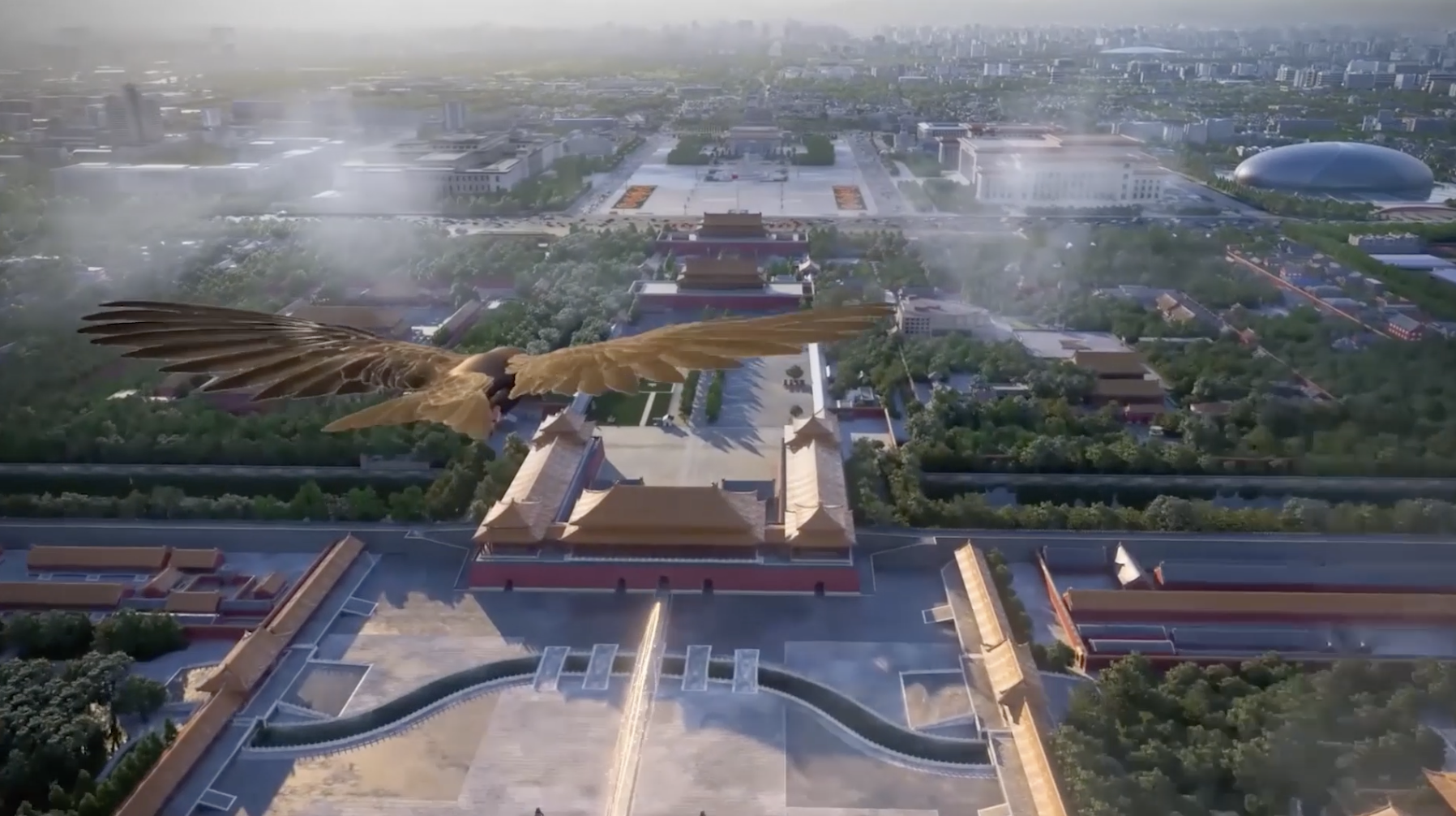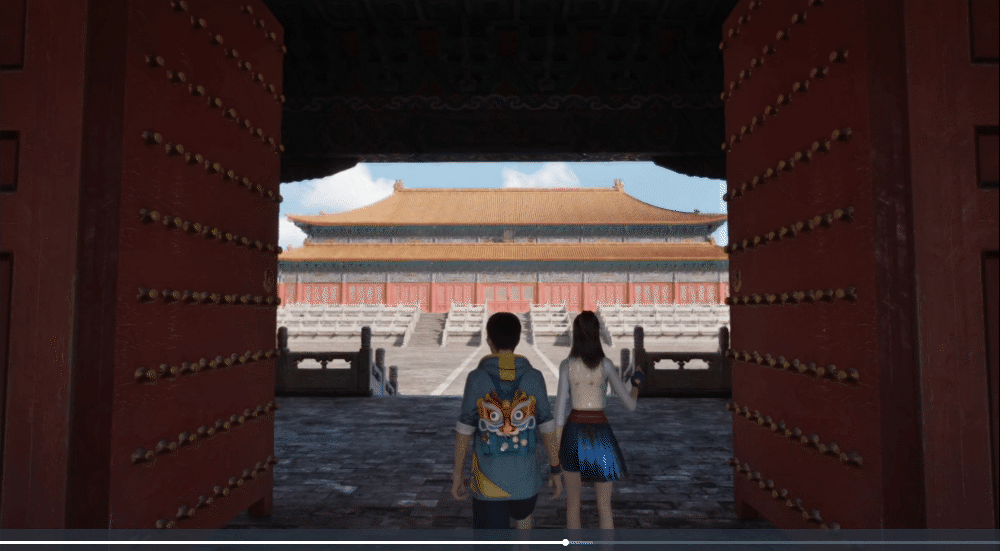Digital Technology Brings a Historic Site to Life
Tutankhamun’s 3,000-year-old tomb in Egypt’s Valley of the Kings. The 2,000-year-old ruins of Pompeii in Italy; the Aztec canals of Xochimilco in Mexico. Sites like these are important facets of history.
Maintaining such landmarks poses challenges around preservation, upkeep, and the rising demands of visitors for a compelling experience. Some people may yearn to explore the wonders of cultural sites but face obstacles due to distance.
The good news is: Technology can help.
Tencent has been leveraging its latest gametech to bring the Beijing Central Axis — the newest UNESCO World Heritage site, as of July 27, 2024 — to life.
The Axis is well-known inside China but may be less familiar elsewhere.
Microcosm: a technological feat
As part of Beijing Central Axis digitalization efforts, the digital version, Microcosm, officially launched this month. In a world first, gametech was core to the UNESCO application process.
Microcosm is the largest immersive urban historical landscape created to date. An impressive technical feat, Microcosm is a vast, hyper-realistic digital twin of the Beijing Central Axis, where users can travel through both space and time.

Guided by avatars, anyone with a smartphone can explore the 3D virtual replica of the Axis in breathtaking detail throughout its history. Advanced technology allows for the accurate reconstruction of sites and scenes, even those that have been damaged or are no longer visible in real life. Travel back to the early years of the Ming Dynasty to marvel at the splendor of the digitally restored Temple of Agriculture, where emperors offered sacrifices to the god of agriculture. Or pass through the Zhengyangmen Gate to enter the old city center, before transporting yourself to modern Beijing to experience the riches of the historic sites such as the Imperial Ancestral Temple, Worship Hall and Bell and Drum Towers.

The Microcosm took three years to create using high-definition scanning, modeling, PCG auto-generation, and other game technologies. A sophisticated five-level map mode covers 200km x 200km and includes 300,000 plants and 2.2 million buildings, as well as hills and water features. In all, the virtual space contains over 15 terabytes of 3D data and a total of 10.4 billion facets.
The Digital Central Axis is a great case study of how digital technology can protect, revive, utilize, and innovate the cultural heritage of this historic site in Beijing. It explores a creative path to making this invaluable heritage live in the digital era.
Lowering barriers to public participation
Public involvement and support are crucial to conservation efforts and are at the forefront of the Beijing Central Axis project. By opening up game IPs, members of the public could also help build the virtual Axis. Millions of young people found creative and innovative ways to take part in the project, which in turn created favorable public sentiment for cultural preservation.
Cloud gaming and mini games make it easy for people around the world to explore the Axis through a mini program on their smartphone. Once inside, a series of puzzles, challenges, rewards, and other gameplay scenarios encourage users to dig deep, making learning about the wonders of the Axis vivid and fun.
Citizen conservation
Conservation of heritage sites is an ongoing concern that requires lots of time and resources. Buildings and monuments must be monitored and inspected for signs of deterioration or damage, no easy feat when it covers such a large area. Our solution: the Digital Watchman project, which enlists the public to help.
Think of it as citizen conservation, a crowdsourced approach that gets locals and visitors to voluntarily scan a QR code, take photos, check in, and then upload heritage-site inspection reports. This can all be done within the Digital Central Axis mini program. The immersive experience and the ability to time travel virtually means people can both learn about the sites in an engaging way and contribute to preservation efforts. The mini program has received over 4.5 million visits, with 800,000 users registered online. The Digital Watchman feature has gathered 17,000 volunteers, who have submitted over 70,000 valid inspection photos. The data is uploaded in real time to the Beijing Central Axis monitoring platform.
More than a portal to the past, the Beijing Central Axis is also the embodiment of living heritage and a bridge to future generations. The Digital Central Axis project shows the power of big data, cloud computing, game tech, AI, and knowledge maps in conservation and heritage projects. This technology can be applied to other sites, help engage the public, and protect and bring more of the world’s cultural treasures to life.


